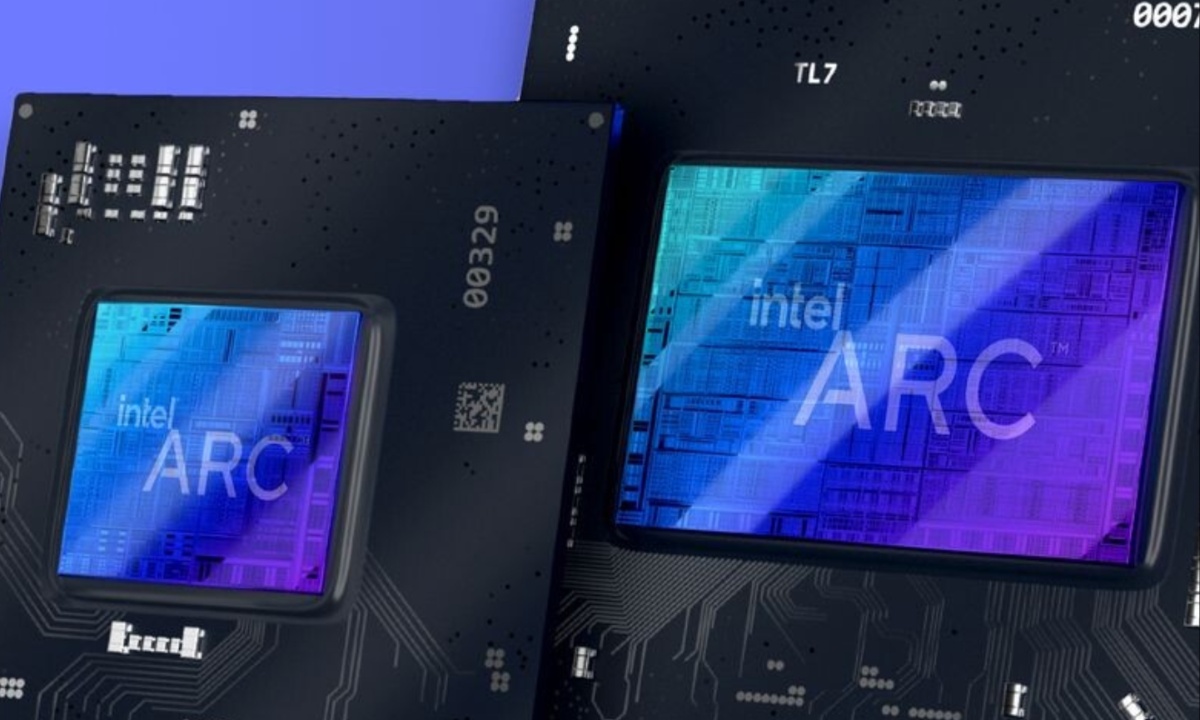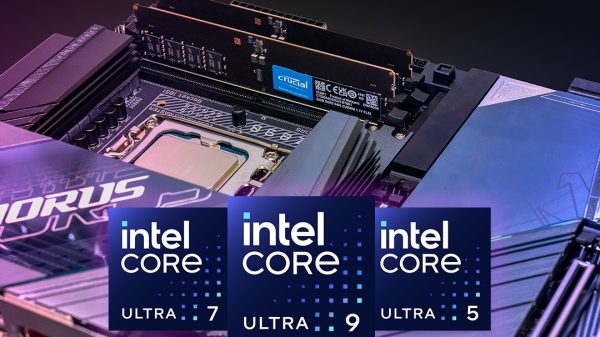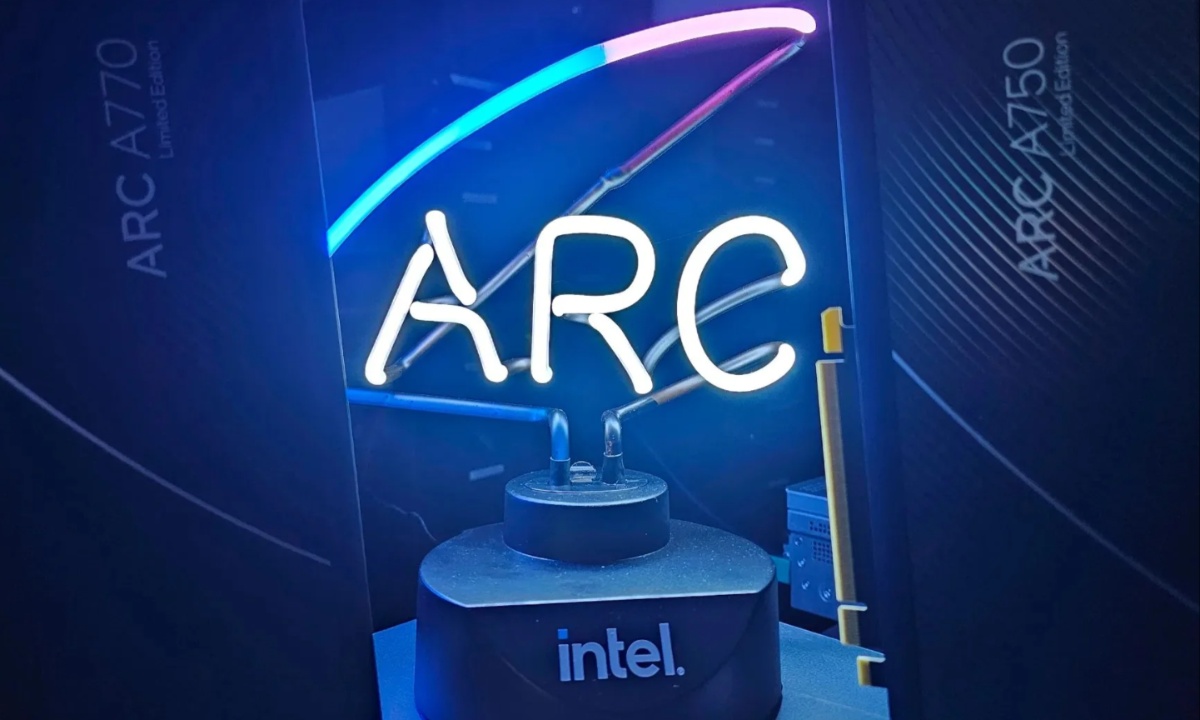Intel is laying the groundwork for its next-generation Xe3 GPU architecture, codenamed Celestial, by integrating support for it into the Linux kernel. Although the first chips featuring Xe3 won’t be available until late 2025, Intel’s engineers are already preparing the necessary drivers.
Currently, Intel is focusing on its 2nd-gen Arc graphics, known as Battlemage, which has just debuted as the integrated GPU in Lunar Lake laptops. With Celestial still years away, these early efforts are a proactive step to ensure future compatibility on Linux systems.
The development of Linux kernel support for Xe3 is still in its early stages, but Intel’s engineers are working on enabling specific features, such as low-power mode (LPM). The new driver code builds on existing support for Xe2, although no significant details about how Xe3 will differ from Xe2 have been revealed yet.
This preparatory work is key for ensuring that when Xe3 hardware is ready, the Linux kernel will already support its key functionalities.

Intel Prepares for Next-Gen Xe3 GPU Architecture with Early Linux Kernel Support
Although Intel hasn’t released specifics on how Xe3 will outperform its predecessor, we do know that Xe3 will first be implemented as integrated graphics in Intel’s Panther Lake processors.
Panther Lake is expected to follow Lunar Lake in Intel’s laptop processor lineup, making it the next big step for Intel’s mobile GPUs. More information about Xe3’s improvements may become available through the Linux driver development as it progresses.
For discrete Celestial-based GPUs, the timeline is even further out. While Intel has yet to release discrete Battlemage GPUs for desktop PCs, the company hopes to introduce them by early 2025. Only after that will Intel likely turn its attention to discrete GPUs based on Xe3 architecture, meaning it could be several more years before Celestial-powered graphics cards hit the market.
In the meantime, Intel continues to advance its integrated graphics technology, as seen with Lunar Lake and the upcoming Arrow Lake processors. These mobile chips are expected to bring even more powerful GPU capabilities to laptops, showcasing Intel’s efforts to enhance its position in the graphics sector.
Intel’s ongoing work on integrated graphics demonstrates the company’s commitment to pushing performance boundaries in both mobile and desktop graphics solutions.








































